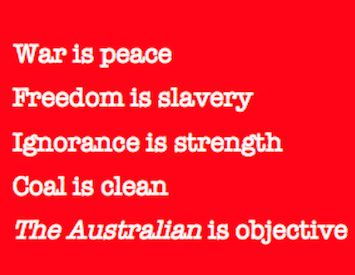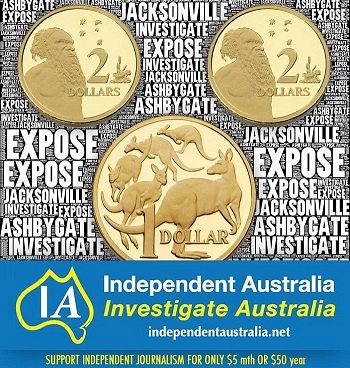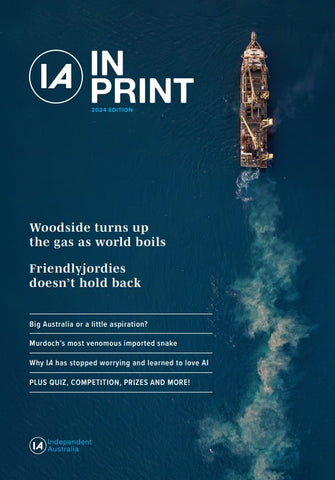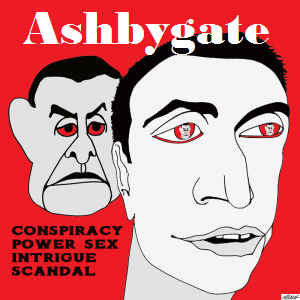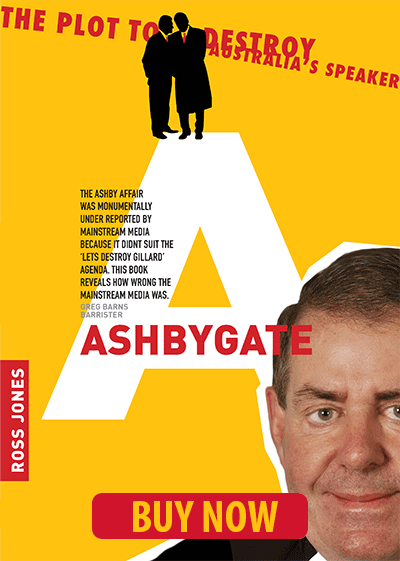The Australian newspaper has not allowed facts to get in the way of a good story in its sustained war on renewable energy. Norm Sanders reports.
BY SEPTEMBER 2016, the coal lobby's PR campaign was stalled — "clean coal" wasn't selling. It was an obvious oxymoron, like "military intelligence".
Then the South Australian Blackout gave the coal miners an unexpected break. Never mind that the blackout was caused by two tornadoes which blew transmission towers over. This was a golden opportunity to attack the renewables which are threatening the coal industry.
The Australian jumped in with gusto and began an extraordinary deluge of articles, editorials and cartoons denigrating renewables and the Labor State governments which supported them.
A small sample:
- 'Embarrassed Labor Lost as State grinds to a halt' (subheaded: 'Facts get in the way of ALP's fairytales')
- 'SA Treasurer Tom Koutsantonis in the dark over power warning'
- 'Blackouts throw spotlight on national energy crisis'
- 'Turnbull slams Labor's power "horror show"'
- 'Pulling the unpalatable plug on renewables'
Clean energy will send us back to the stone age. Lefties will never stop growing beards. pic.twitter.com/QuRTMQwseo
— Bill Leak explained (@BLeakEksplayned) February 19, 2017
A specific example of the level of non-objective reporting is an article headed, 'Renewables price surge milking farmers dry' (The Australian, 18 February 2017, p4). There is a touching picture of a farming couple and a bunch of cows. They are doing it tough because of a 50 per cent jump in electricity costs. No attempt is made to explain exactly how renewables were responsible for their plight, but it made for a great renewables-bashing headline.
The objective of the furious attack on renewables was finally revealed in a front page story in The Australian on 20 February.
The headline screamed 'Coal power overhaul for green bank'.
According to the article:
The Turnbull Government is preparing to overhaul the nation's $10 billion “green bank” by imposing a mandate to allow coal power and appointing new directors, escalating the fight with Labor and the Greens over household electricity bills.
The government is increasingly confident of reshaping the Clean Energy Finance Corporation to encourage investments in new coal-fired power stations to boost energy security ...
As far as carbon capture goes, it is an expensive and untried solution. The coal industry is clutching at straws in a desperate effort to continue business as usual. Not surprisingly, the headline in The Australian read: 'Why carbon capture is the new black'.
In any event, no matter how much carbon is captured, power plants are still a climate problem. Coal, gas and nuclear power plants are all simply stoves which boil water. The coal-fired plants range in efficiency from 33.3 per cent (Australia) to 50 per cent (UK). The rest is heat, dissipated in cooling towers or waterways and destined to enter the atmosphere or the ocean. Anybody ever hear of global warming?
The coal industry might like the idea of breaking into the Clean Energy Finance Corporation funds, but The Australian would do well to examine the potential customers. Electricity producers aren't exactly lining up to buy more coal, as was explained in a recent 7:30 segment. Reporter Hayden Cooper spoke to Martin Moore, CEO of CS Energy (the Queensland government-owned energy provider).
Cooper asked Moore about the Turnbull panacea of ultra-super-critical coal-fired plants:
MARTIN MOORE: It's not game-changing. You've still got to think that ultra-super-critical produces twice the emissions of gas-fired technology.
HAYDEN COOPER: So would he, the CEO of a coal-powered generator, build one?
MARTIN MOORE: Well, I think CS Energy certainly has no intention of building any coal-fired power plants, ultra-centre super-critical or not. And it would surprise me greatly if there was any more coal-fired technology built in Australia. I think when you look at the risk of the investment, you're talking about $2 billion-plus investment up-front. These assets have a plant life of roughly 40 years, and so it's a very, very big long-term bet. So given the current uncertainty, I think it would be a very courageous boardthat would invest in coal-fired technology in Australia.
Yep. This is the same Adani Group who wants to dig a huge hole in the Galilee Basin. (Or does it?)
The Daily Mercury enthusiastically reported that work will start in 2017 on a 200 MW solar project in Central Queensland, Adani had already purchased the land for its projected railway line and construction of the $200 million plant would provide 600-1,000 jobs and the locals are understandably pleased.
Adani's project shouldn't come as a surprise.
As the Daily Mercury reported,
'Adani is the largest generator of solar energy in India and this is its first step to do that in Australia. The company's head of Australian operations, Jeyakumar Janakaraj, said the projects would contribute to meeting Australia's Renewable Energy Target commitments.'
But wait. There's more!
Adani's second solar project will be in the much-maligned State of South Australia. Adani has signed a deal to lease a parcel of land at Whyalla for a $200 million solar plant which is planned to be in operation by 2018.
Not a word in The Australian.
In the midst of the campaign against renewables, former editor of The Australian Chris Mitchell wrote an opinion piece headed 'Print papers prove their resilience'.
He opined,
'A good thing too for modern democracy. After all, journalism has never been more important: proper news reporting and investigation that is, rather than spouting off uneducated prejudices ...'
Mitchell's words should be pinned up in The Australian's coffee room.
Norm Sanders is a former University of California professor and retired Australian Federal senator.

This work is licensed under a Creative Commons Attribution-NonCommercial-NoDerivs 3.0 Australia License


